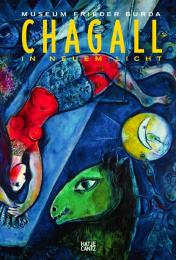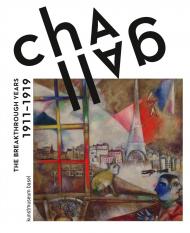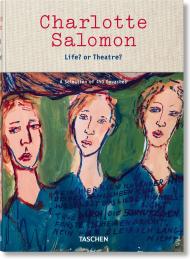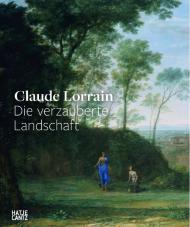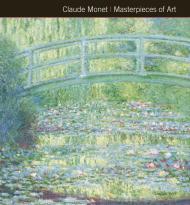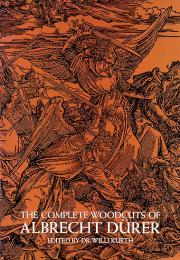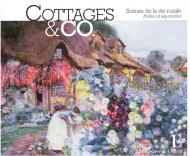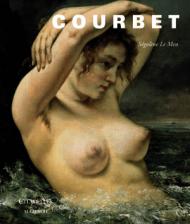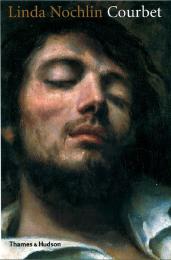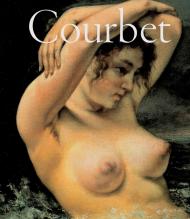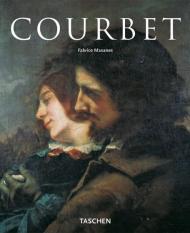Marc Chagall (1887–1985) befreite auf seinen Bildern die Welt von den Fesseln der Schwerkraft und entrückte sie in die Freiheit der Poesie. Dabei inspirierten ihn Folklorismen seines weißrussischen Heimatorts Wizebsk ebenso wie seine jüdische Herkunft, die christliche Ikonografie und die Ausdrucksformen der internationalen Avantgarden, mit denen er sich ab 1911 in Berlin und Paris verstärkt auseinander setzt.
Eine exklusive Auswahl von über 100 kostbaren Arbeiten aus allen Schaffensperioden Chagalls stellt die vorliegende Sonderausgabe vor: Gemälde, Buchillustrationen und Gouachen, unter anderem aus dem Centre Georges Pompidou in Paris, dem Staatlichen Russischen Museum in St. Petersburg und der Tretjakow Galerie in Moskau.
In his images, Marc Chagall (1887-1985) liberated the world from the chains of gravity and allowed it to enjoy the enraptured freedom of poetry. In the process, he was inspired by the folklore of his White Russian homeland, Wizebsk, as well as his Jewish ancestry, Christian iconography, and the expressive forms of international avant-garde art, which he explored more intensively after 1911 in Berlin and Paris.
This special-price edition features an exclusive selection of over one hundred treasured works from all of Chagall’s creative phases: paintings, book illustrations, and gouaches, including works in the Centre Georges Pompidou in Paris, the Russian State Museum in St. Petersburg, and the Tretjakov Gallery in Moscow.
